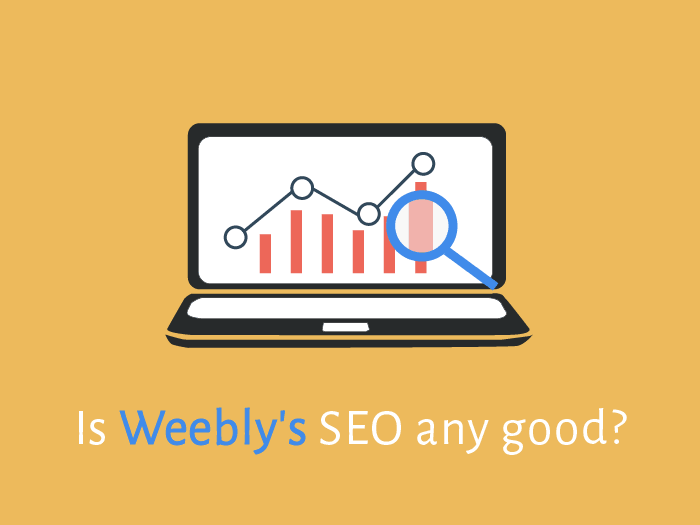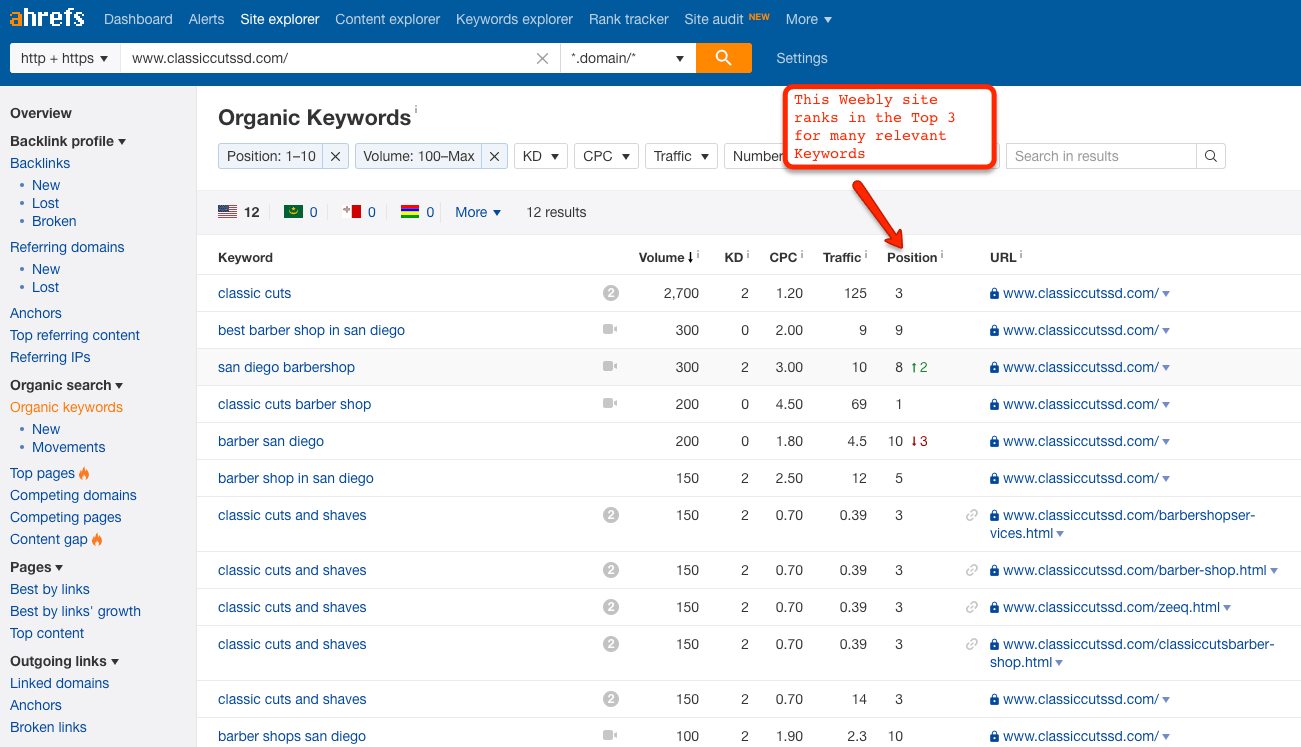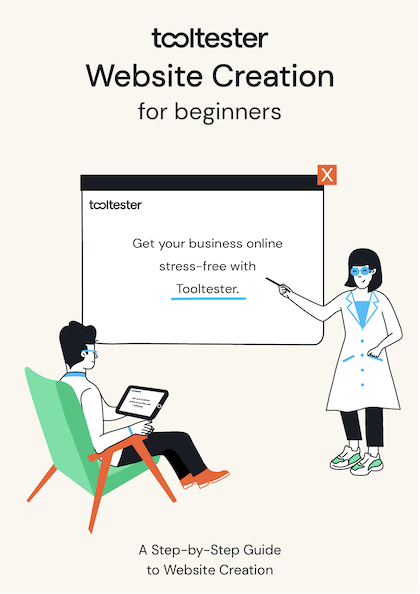Tooltester is supported by readers like yourself. We may earn an affiliate commission when you purchase through our links, which enables us to offer our research for free.
Website builders are great for complete beginners. Maybe that’s why professional webmasters sometimes look down on them. This is particularly true when it comes to SEO.
They will claim that web builders miss crucial SEO features. And they point to a lack of sites built with, say, Wix or Weebly at the top of the Google search results.
We’ve looked at these two points and decided to do some serious research:
Myth #1 Website Builders Lack SEO Features
This might have been true, historically speaking. In the past, you would get these problems:
- Weird image file names
- Free sites not being indexed
- No SSL encryption
- Can’t set 301 redirects,
- Unavailable alt text for images
- Etc…
However, website builders have now improved to the point where it’s hard to complain. For instance, Weebly allowed indexation of free sites a couple of years ago and introduced SSL back in 2016.
All website builders in general now offer the features mentioned above, so that can’t be the problem.
For a complete SEO comparison of the most popular website builders, check our guide.
Myth #2 Website Builders Can’t Rank High in Google
This is something we looked at in depth, and in fact it is completely possible to rank really high with a website builder.
As you can see above, a Weebly website appears in the top 3 for many relevant keywords related to “classic cuts”. Good job to whoever built that barber’s website!
Why so Few Web Builders Sites On the Front Page?
Our main theory is that people who use website builders just don’t know how to rank high.
When we scan sites built with Weebly, Wix or Jimdo, we usually see the following classic SEO mistakes:
- Unsubstantial content: the sites are mostly a landing page and some thin content. Search engines have no reason to believe they are authorities on the relevant keyword.
- Image-based content: search engines can’t scan and index images. For example, if you have a portfolio, Google can’t decide that your site is worth pushing to the front page based on the quality of your photographs.
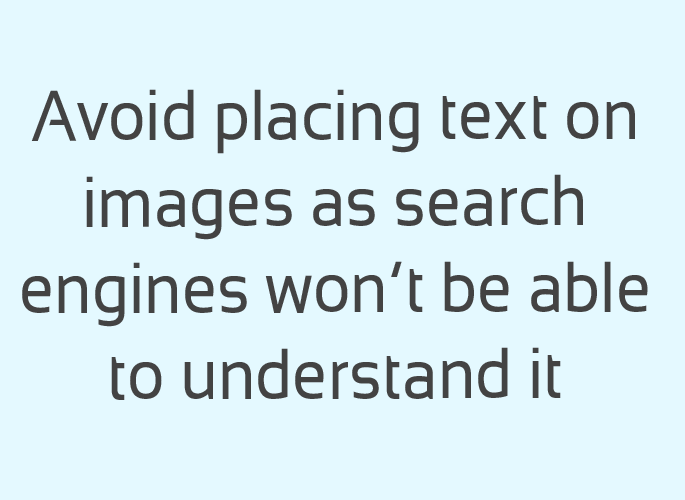
- Missing on-page optimization: A lot of newbies don’t bother filling out the basics such as title tags, clear URLs etc…
- Too much competition: If you use an industry template, chances are you’re not the only one with a similar website. That means you have to be very specific with which keywords you target, because “weight loss” simply isn’t going to cut it.
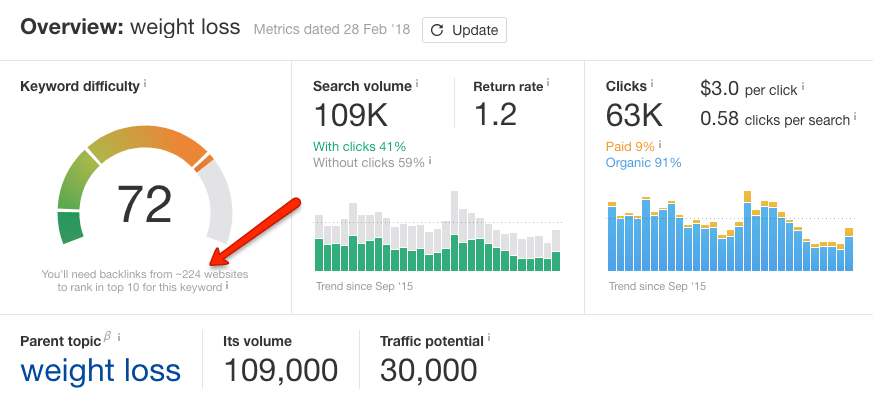
- Bad design: Even though they offer templates and grids, some users still manage to go overboard with their web design. If the users don’t like spending time on your site, search engines will rank them lower.
Worried your website might be suffering from the problems mentioned above? Confused where to start? You can always refer to our beginner’s guide to SEO here.
Now What about Weebly’s SEO Features?
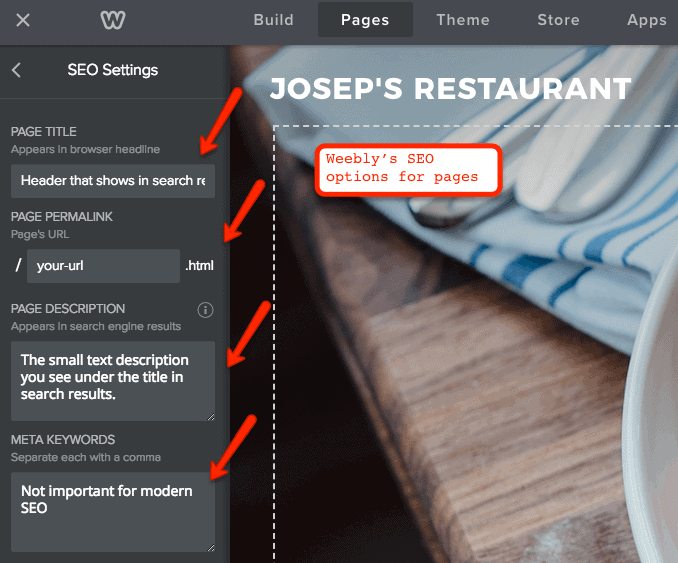
Finally we’re getting to a specific example in the form of Weebly. If you are unsure whether they provide all the features you might need, here is our complete breakdown, an actual Weebly SEO review:
| SEO Feature | Comment | Available in Weebly? |
|---|---|---|
| Page Title | Search engine results pages (SERPs) will show this title for your page. It should contain the keyword for your page. Read this article for further information on the Weebly Title tag. | Available for all pages – but Weebly tags on the site name at the end. This is not ideal (see screenshot example below). |
| Meta description | The small text description you see under the title in search results. The SEO community believes it doesn’t impact rankings, but a good description increases chances of people clicking through to your site. Check Weebly’s support pages for more details. | Available for all pages. |
| Personalized URLs | A very important factor: Search engines look at page URLs, so your targeted keyword should appear in it. More information. | Available for all pages. |
| Headings structure | Search engines get an idea of the content and structure of the page thanks to these tags. They’re like paragraph titles varying in importance and size (h1, h2, h3, etc.). Another very important feature. | Only H2 available.
Apps (from the Weebly App Center) can be added to add more headings (h1, h3, h4, h5, etc). |
| Customize image alt attributes | Google and other search engines pay special attention to the “alternative text” that appears when images can’t be displayed. You should have one for each image on the site. More about Weebly SEO for images. | Available |
| 301 Redirects | Search engines don’t like broken links. If you change a URL, they get confused. By creating 301 redirects, you can tell them where to look for the new page. More information in this Weebly tutorial. | Available |
| SSL encryption | Https is becoming the norm for securing your website. It means data that visitors send through your website is protected. This is important to search engines, especially if you have an online store that processes personal details and payment information. | Available in all plans |
| Search engine instructions | Sometimes, you want Google and other search engines to ignore a page. Telling them to index or not through the meta robots tag is fairly important for SEOs. More about this here. | Available |
| Sitemap | An XML file containing all the (indexable) pages of your site. This speeds up search engine indexation and keeps it up to date. More information. | Automatically generated |
| Mobile friendly | Google insists that mobile friendly sites are favored by its search engine. | All Weebly templates are responsive and are adapted automatically to any device. |
| Speed & Uptime | Google (and your users) favor fast websites with close to 0% downtime. | You can find live tests on Weebly speed & uptime in our review. |
| Canonical tags | A very advanced way to let search engines ignore duplicate content. It lets them know which page to crawl if two of them have similar content. More information. | Can be manually added. |
| Google Analytics | Not exactly needed for search rankings, but useful to monitor and improve your SEO efforts. Steps to integrate Google Analytics with Weebly. | Available |
| Google Search Console | Google Search Console gives a ton of extra information to improve your optimization (broken links, missing title tags etc..). Steps to integrate Google Search Console with Weebly. | Available |
Weebly’s Main SEO Issues
As you can see above, the main problems have to do with H (heading) tags and URLs. Regarding the former, it would be great to be able to go beyond H2. There are free apps to solve this problem, but it should really come out of the box.
For URLs, this is more annoying. Weebly adds strings to some pages such as store products and categories. They can’t be removed, and can really hurt your rankings. They are in English by default, so this is especially bad for non-English online stores.
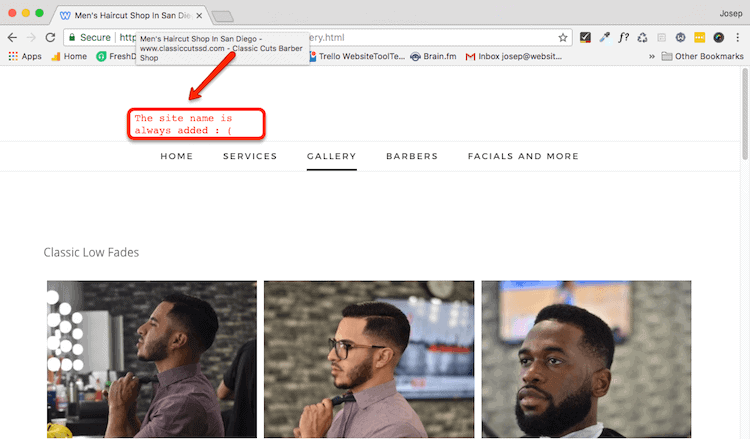
The site name also gets tagged onto every page title. You should really be able to control that as you please.
Conclusion: Is Weebly Good for SEO?
As you can see above, we’re mostly pleased with Weebly’s SEO features. Aside from a few inconveniences, it passes our test with decent grades.
One thing we should add is that Weebly, unlike other website builders, lets you access the source files. So if you are an HTML whizz and really want to dig in there for advanced SEO tags (e.g. meta-tags or structured data), it’s possible.
In conclusion, we’d say Weebly is good enough for small and medium businesses who want to rank high for keywords that are not insanely competitive. Just make sure you have a good keyword strategy and put the best SEO practices into place. You should be able to rank just as high, if not higher than sites created without a website builder.
> Try Weebly and check their SEO options for free
Let us know if you have any questions or feedback in the comments!
THE BEHIND THE SCENES OF THIS BLOG
This article has been written and researched following a precise methodology.
Our methodology